How to Calm a Stressed Cat During and After a Move
To a cat, a home is essentially a network of familiar scents and predictable routines. Uproot that, and stress can surface fast. Moves disrupt everything cats rely on to feel secure. And this can lead to days of hiding or skipping meals.
Fortunately, with a thoughtful approach, it’s possible to reduce the impact and help them adjust without distress. This guide outlines evidence-based strategies to support your cat’s emotional well-being before, during, and after a move.
Create a Pre-Move Retreat Weeks in Advance
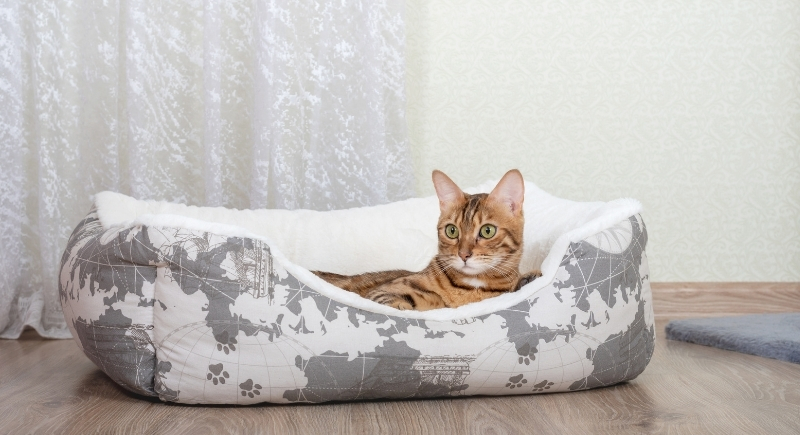
Credit: Canva
Weeks before anything gets boxed up, pick one low-traffic room and make it your cat’s zone of stability. Keep their essentials there and skip packing anything else in that space. When the rest of the house turns into cardboard chaos, they’ll still have a corner that feels intact and under control.
Let Boxes Become Background Noise
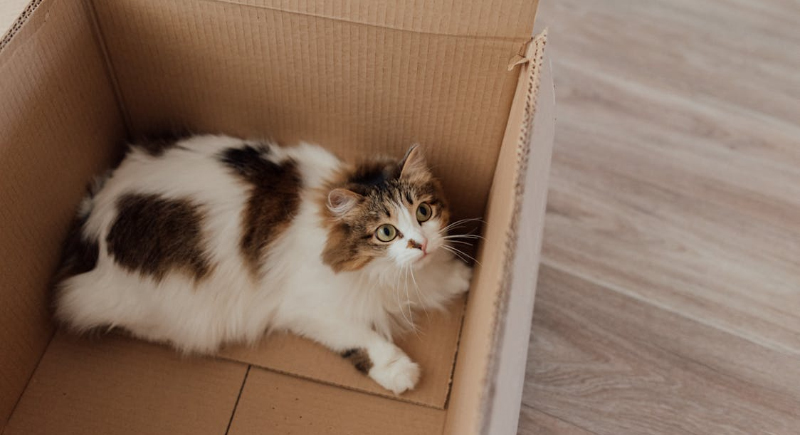
Credit: pexels
Don’t let your cat associate cardboard towers with panic. Introduce boxes early and leave them around. Cats will sniff, rub, and climb as they please. By normalizing moving supplies before the action starts, you remove the shock factor and give them time to process the change in stages.
Stick Closely to Everyday Habits
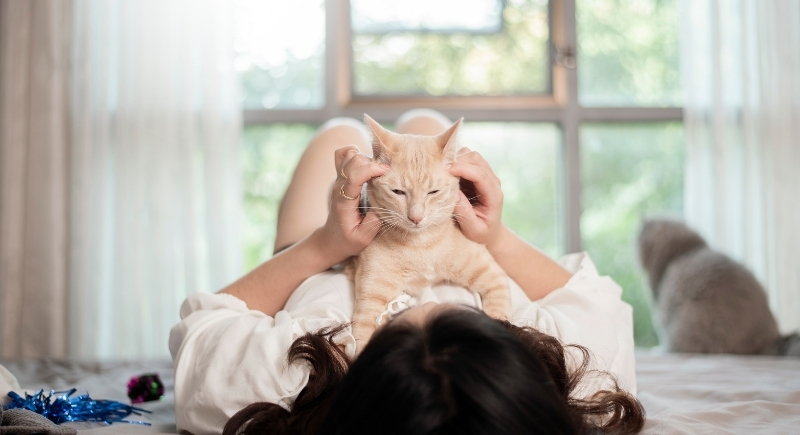
Credit: Getty Images
Cats find comfort in the ordinary. Feed them at the usual times, scoop the litter on schedule, and don’t skip those nightly play sessions or morning brushings. These rituals, however small, anchor them when everything else feels like it’s up in the air.
Use Familiar Scents to Anchor the New Space

Credit: pexels
Before your cat sets foot in the new place, spread their scent around. Use a blanket or towel they’ve slept on to wipe along baseboards, doors, and low furniture. It won’t be noticeable to you, but for a cat, scent is how they identify territory.
Block Out the Chaos on Moving Day
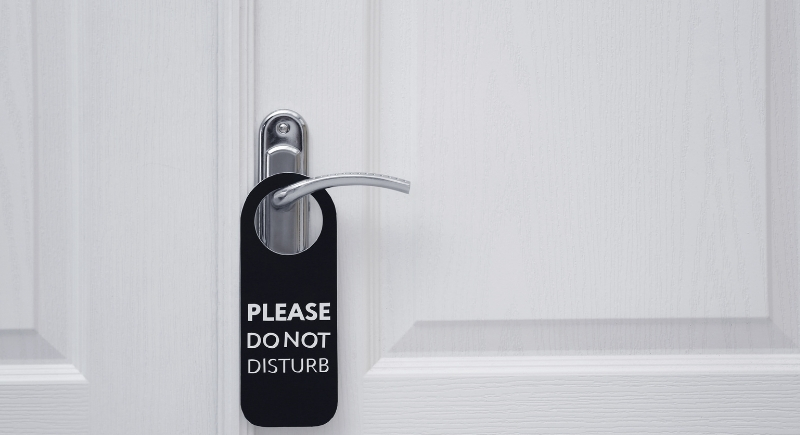
Credit: Pixelshot
While boxes are being hauled and doors held open, place your cat in a closed-off room with their basics and a “Do Not Open” sign. Avoid using this room for packing or staging. Add a few worn blankets and keep the lighting low. The goal is to shield them from unpredictable noise and movement.
Make the Carrier a Predictable Place
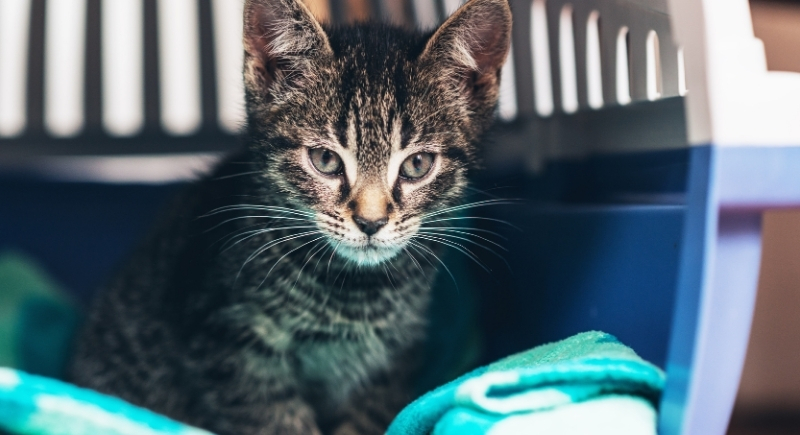
Credit: Canva
Long before the move, leave the carrier out with treats and a favorite blanket inside. On the day of travel, add a familiar-scented towel and spray the interior with pheromones. Keep the carrier covered on three sides during transport. A familiar-smelling, enclosed space helps ease overstimulation.
Rebuild Their Setup Right Away in the New Home

Credit: pexels
Before you unpack your own boxes, set up your cat’s essentials in one quiet room. Use the same bowl, mat, and litter box location, if possible. That sense of familiarity helps them feel more at home. It gives them a controlled space to observe from as they adjust to the new smells and layout.
Let Exploration Happen One Room at a Time

Credit: pexels
Once your cat seems relaxed and starts eating normally, greeting you, using the litter, crack open a second room, and let them decide when to explore. Don’t carry them around or coax them with treats. If they retreat, that’s fine. Just give them time, and keep spreading their scent into newly opened spaces.
Read Behavior, Not the Calendar
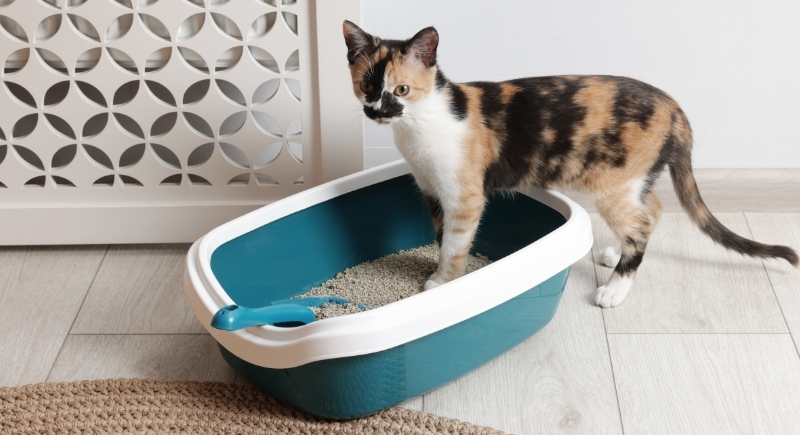
Credit: Canva
Some cats explore the whole house in a day. Others won’t leave their hiding spot for a week. There’s no correct timeline. Look instead for small returns to baseline, such as grooming, playing, and consistent use of the litter box. If the symptoms don’t resolve within several days, consult your veterinarian to rule out stress-related health issues.
Try Calming Aids When Needed
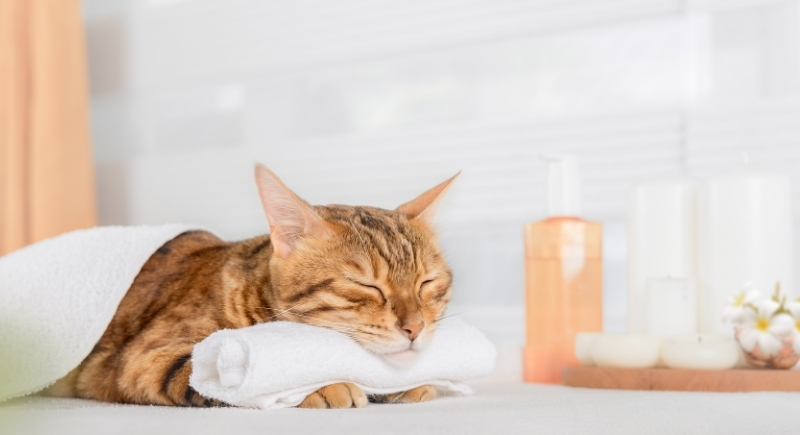
Credit: Canva
Feline pheromone diffusers or calming supplements can help smooth over the transition. But don’t wait until moving day. Test them a week or two in advance to see how your cat reacts. For cats that become severely anxious, your veterinarian may recommend temporary anti-anxiety medication during the upheaval.
Clean Previous Pet Scents Thoroughly
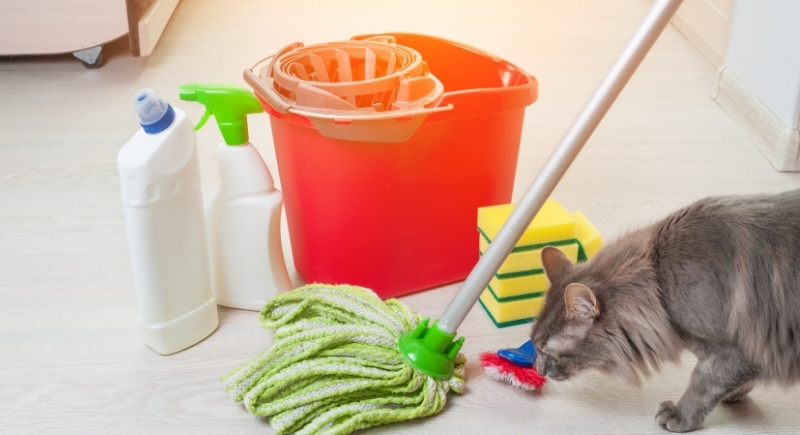
Credit: Getty Images
If the new home previously housed pets, your cat might react strongly to lingering smells. Use enzymatic cleaners, not steam, to break down invisible scent markers. Steam can actually trap odors deeper. Cleaning early reduces the risk of your cat spraying, hiding, or refusing to use the litter box entirely.
Pair New Experiences With Small Wins
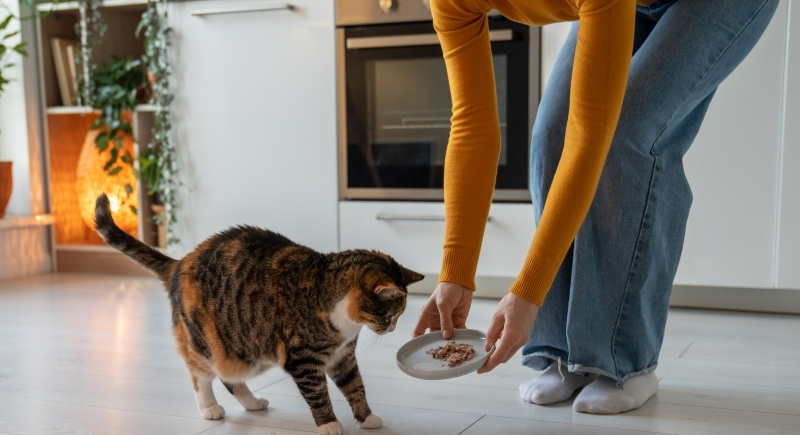
Credit: Canva
Bring treats or toys during brief visits to unfamiliar rooms to help your pet feel more at ease. If your cat takes a few steps out, toss a favorite toy gently or offer soft praise. This helps reframe new areas as places where good things happen. You’re reinforcing curiosity, not forcing confidence.
Delay Outdoor Time Until They’re Fully Settled

Credit: pexels
Even if your cat’s used to the outdoors, don’t let them outside right away. Keep them indoors for at least three weeks, long enough for them to recognize the new house as their home base. When you do reintroduce outdoor time, start small and supervised so they don’t get lost or try to bolt.
Expect Extra Vocalizing and Don’t Panic

Credit: Getty Images
Many cats become louder after a move, often due to stress or curiosity. If the meowing becomes nonstop, resist the urge to respond right away. Wait for a quiet moment before offering food or affection. This teaches them that calm behavior still gets attention and helps avoid creating a new habit.
Scan the New Space for Hidden Hazards
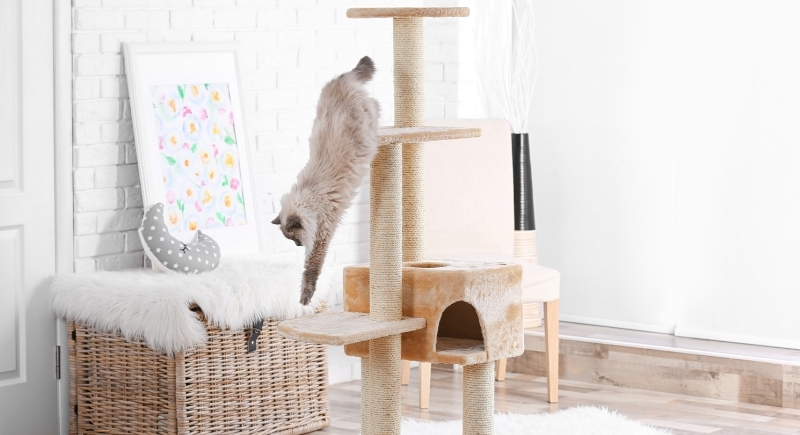
Credit: pixelshot
Give the new house a cat-level inspection before letting them wander. Look for anything they might crawl behind, chew on, or knock over. Tuck cords away, check screens for sturdiness, and block any holes beneath cabinets or appliances. It’s easier to prevent trouble than to pull a stuck cat out later.